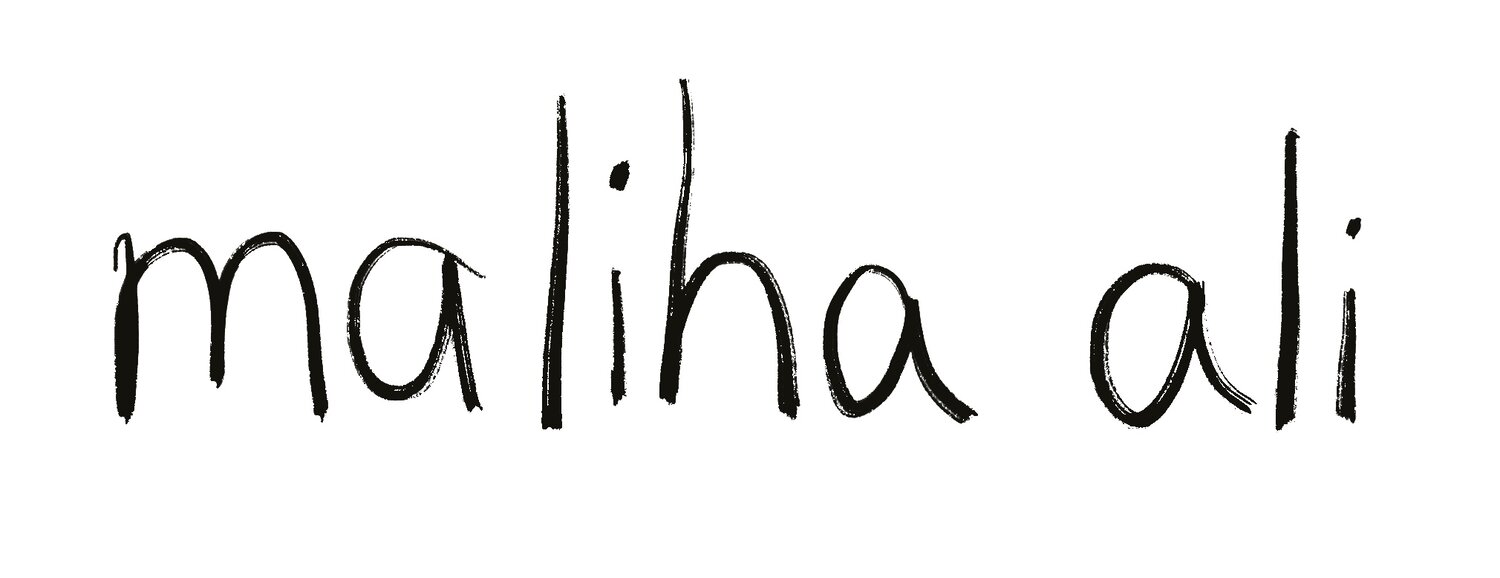What do people do in public parks?
Toronto | September 2023 | Maliha Ali
This September, I volunteered to study public life activity in the Western Waterfront Park for a research project being run by the City of Toronto and the non-profit 8 80 Cities. The Waterfront Park stretches over four kilometers along Toronto's waterfront and the city wants to know what kinds of things people do in the park and how they feel about this space.
In so many ways, this is an impossible task. How do you capture all the variety and constant movement of a large, mixed-use public space? How many people use the park for jogging? How does the space enable recreation? What kinds of things do people do while they’re here? Does it give them a sense of peace? It’s more qualitative than quantitative. There are no fixed patterns, or perhaps there are. As William H. Whyte observed in his study, The Social Life of Small Urban Spaces, maybe there are some observable behaviours that people end up doing in open, public spaces, determined in a big way by how these spaces are designed—and what that design enables or prevents.
As a city whose population is growing so quickly, drawing in new people from around the world to it, these are especially important questions for Toronto. So, what does the design of a public park enable and prevent?
I set out to observe, showing up for my 9 am shifts on a Thursday and a Saturday. My job, along with other volunteers, was to be stationed at various zones in the park with a pen and clipboard in hand, counting how many people passed by or did a particular activity during fifteen-minute intervals.
The waterfront park, which stretches from Ontario Place to the east and the Humber River to the west, has a lot to offer: beaches, trails, boating clubs, a long boardwalk, a swimming pool, sculptures, wading pools, picnic tables, benches, bike lanes, a butterfly sanctuary, restaurants and cafés and a lot more. It’s also an important transportation corridor.
As I stood counting pets and people moving around me, one woman who had passed by me earlier on her walking route stopped and asked, “Are you…counting us?” I laughed and said yes, and got her to fill out the survey. She lives nearby and comes to the park every day.
From a wedding ceremony to picnics to simply watching the water, there was lots happening at the park. Here are some drawings I made afterwards:
A woman sat by the water’s edge, with the remains of a takeout breakfast by her side.
An older gentleman on a wheelchair sat for a long time, gazing at the water, seemingly in remembrance of someone.
Two friends with their cooler bag of snacks and folding picnic chairs sat side by side under a red umbrella by the water’s edge.
A young woman in all-white jacket, pants, and shoes, with big retro-style headphones over her short hair, stood by the artificial beach, looking at birds.
An early-morning desi baraat (wedding procession) complete with singing, dancing, and the groom making an entry on a well-dressed horse. Here’s the horse and his caretaker after the celebration.
It’s nice to see people doing whatever they want in a park, some being very active, others doing a whole lot of nothing, just sitting, and watching nothing in particular—a nice break from the usual hurriedness and performance of productivity of non-park spaces.
This essay was also published on the 8 80 Cities website.






